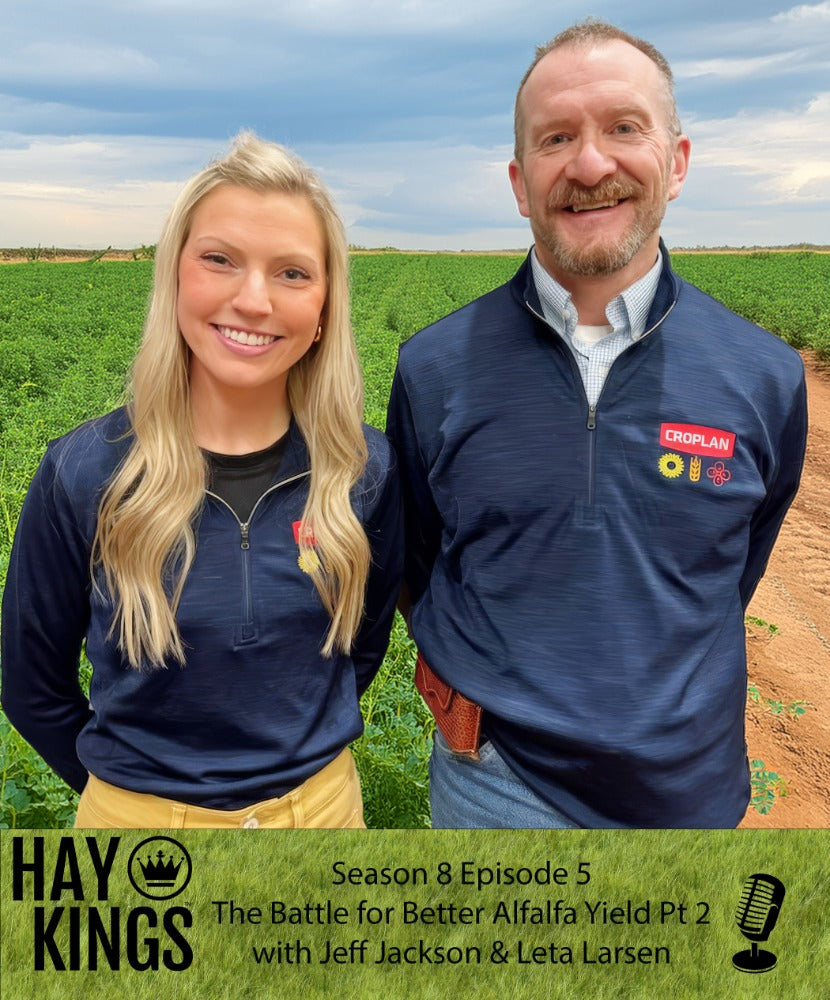News — Nutrition
Washington Hay Production Decline: Drought, Strong Dollar, and Shifting Markets (2000–2024)
Washington hay production has fallen nearly 25% since the early 2000s, a decline driven by both drought and economics. This chart traces that shift, showing how repeated years of severe drought and a strong U.S. dollar since 2022 have squeezed growers from two sides—reducing yields at home and pricing out key export buyers abroad. As traditional export markets weaken, Washington’s hay industry is steadily pivoting toward higher-value domestic markets, where resilience, efficiency, and quality matter more than sheer tonnage.
10 Reasons Not to Make Hay: Rethinking Tradition in Beef and Forage Production
“You might be giving up $10,000 in beef production to raise $5,000 worth of hay.” -Dr. Carson Roberts
Rain or Maturity: Making the Right Cut for Hay Quality and Market Fit
Neither option is ideal, but if you’re forced to choose between cutting hay and risking rain or letting it get overmature, the better choice usually depends on your end market:
The Rise of Traited Alfalfa and Advanced Harvesting Technologies
The agricultural sector is experiencing significant technological advancements that are setting new standards in forage production. Among these developments, the incorporation of yield mapping in harvesting equipment and traited alfalfa varieties like Roundup Ready and HarvXtra are leading a revolution in how forage crops are cultivated, measured, and managed.
10 Points on Hay Nutrition
What hay is best for horses? This top 10 list should inform your hay purchasing decision.



